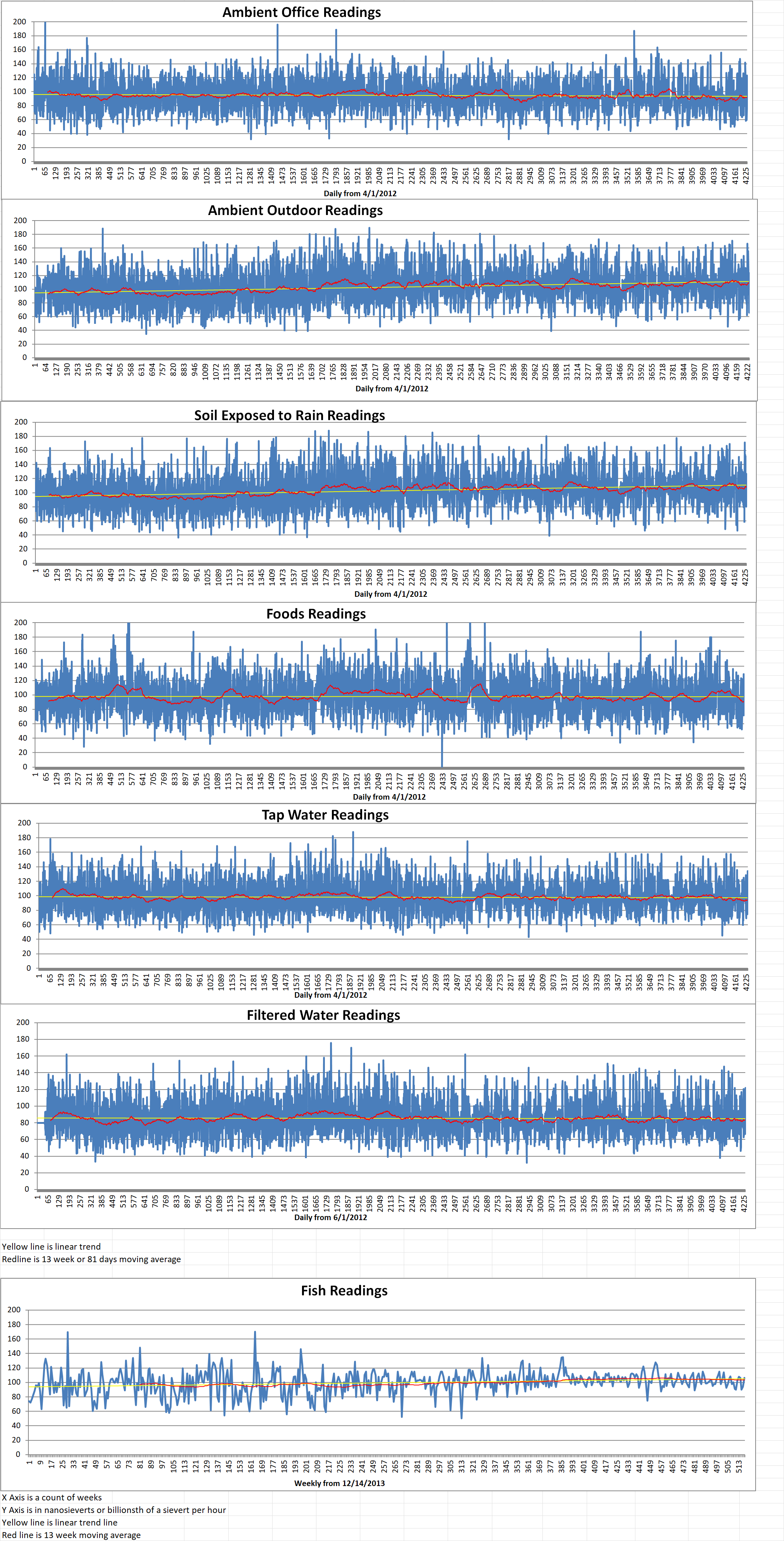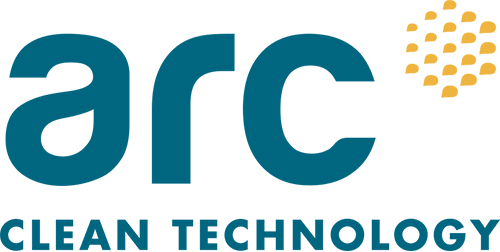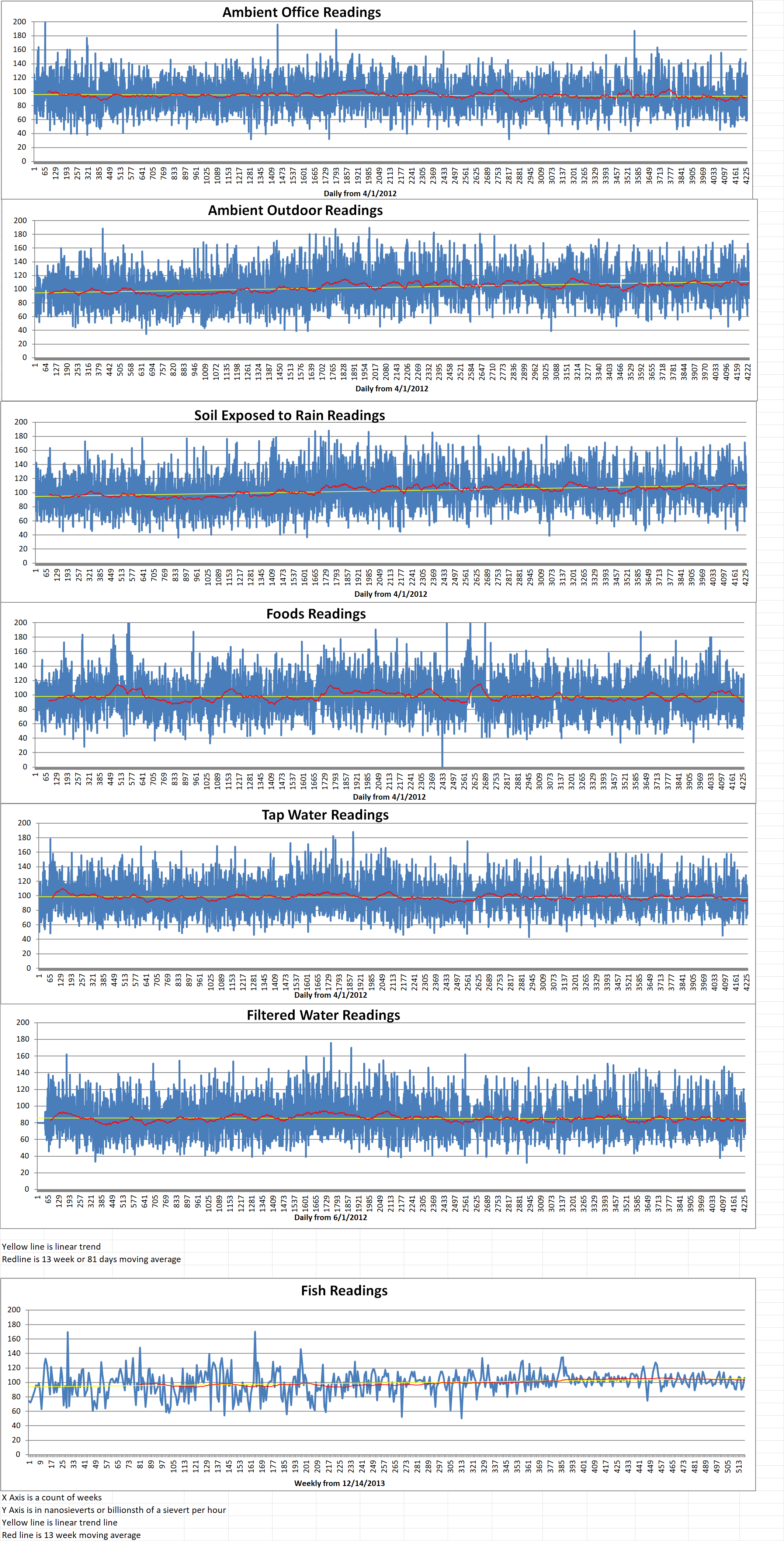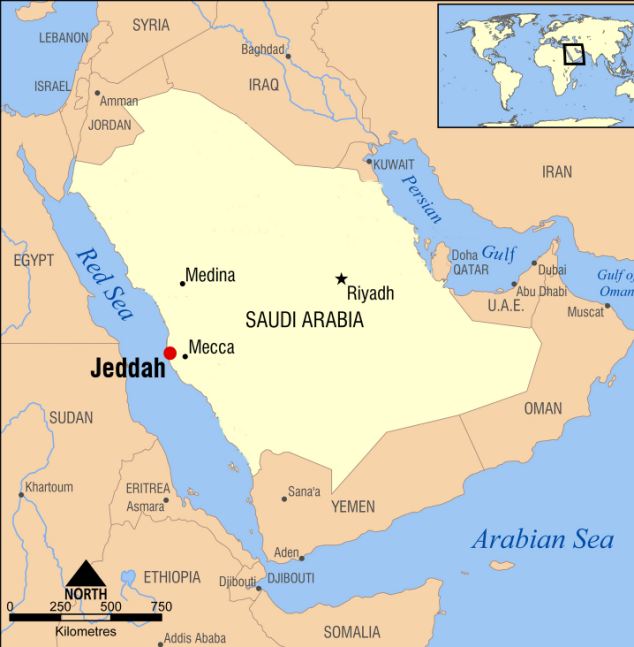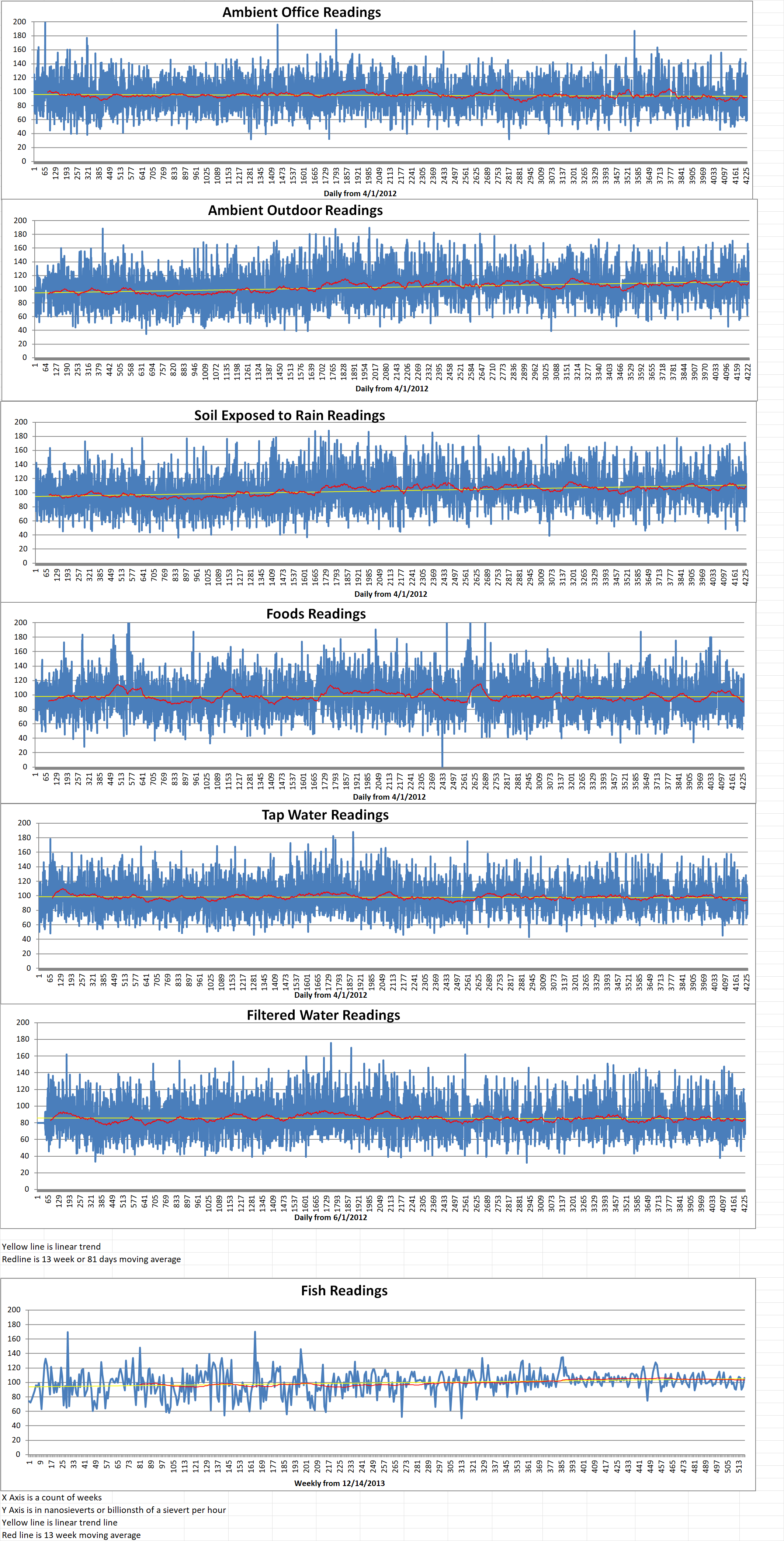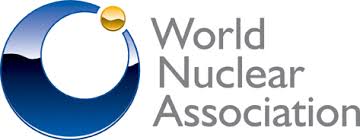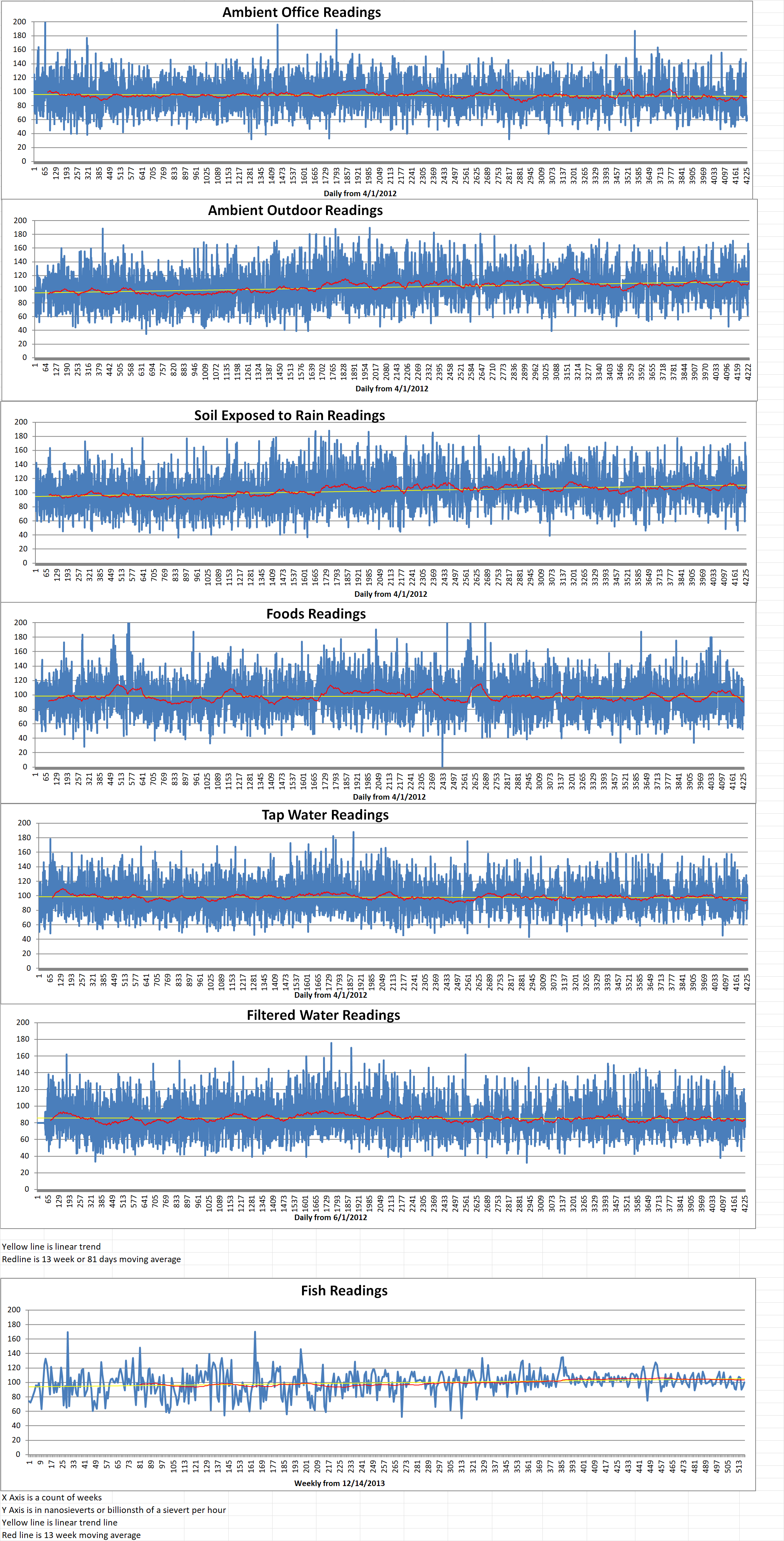A trilateral collaboration agreement has just been signed between Korea Hydro & Nuclear Power, ARC Clean Technology and New Brunswick Power with the goal of establishing teaming agreements for global small modular reactor (SMR) fleet deployment. This agreement follows the signing of a memorandum of understanding (MoU) last November.
Through the MoU signed last year, the three companies have been exploring collaboration opportunities for the commercialization of ARC’s ARC-100, an advanced SMR, in Canada, South Korea, the USA and other jurisdictions where Korea Hydro & Nuclear Power (KHNP) has business operations.
The new collaboration agreement was signed during the Reuters SMR and Advanced Reactor 2024 Conference in Atlanta, Georgia. It establishes commitments to deliverables, processes and timelines to advance discussions for participation and potential investment in the deployment of ARC units. The process will start with a commercial demonstration unit in the Canadian province of New Brunswick.
ARC and NB Power have been working together on the development of the ARC-100 since 2018. In July of 2023, NB Power, in partnership with ARC, submitted an environmental impact assessment registration document and an application for a site preparation license for an SMR at the Point Lepreau nuclear power plant site in New Brunswick. This demonstration unit is expected to be commissioned by 2029, subject to approvals and licensing. The deployment of the ARC-100 in New Brunswick is part of a joint strategic plan on SMR development and deployment issued by the governments of Ontario, Saskatchewan, New Brunswick and Alberta in 2022.
Jooho Whang is the CEO of KHNP. He said, “While we focus our capabilities on technological development for Korea’s Innovative SMR (i-SMR) to have the highest level of competitiveness in the world, we are pushing for timely entry into the 4th generation SMR market.” He added that “global cooperation is necessary for accelerating the development and construction of 4th generation SMRs, and the strengths of the leading companies in Canada as well as KHNP will lead to synergy in cooperation”.
Bill Labbe is the ARC Clean Technology Canada President and CEO. He said, “We are excited to take the next step in formalizing our relationship through today’s agreement. ARC is seeing significant growth and interest from multiple heavy industries and global jurisdictions for use of our technology. Together, ARC, KHNP and NB Power will be first movers in the industry with a turnkey solution for commercial deployment.”
Lori Clark is the NB Power President, CEO and Chief Nuclear Officer. She said, “Small modular reactors are an important part of NB Power’s strategic plan to meet government mandates to phase out coal by 2030 and achieve net-zero supply by 2035. The agreement with KHNP and ARC will assist us in deploying the clean energy we need to meet our climate goals and maintain energy security for New Brunswickers. In addition, we are excited about what this could mean for potential future commercialization opportunities.”
The ARC-100 is currently undergoing the second phase of the Canadian Nuclear Safety Commission’s pre-licensing Vendor Design Review process. ARC Clean Technology completed the first phase in 2019.

